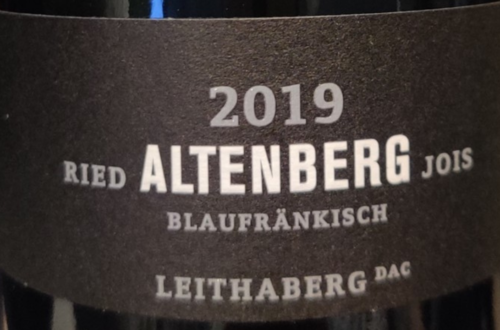
Grauburgunder vs Weissburgunder
Grauburgunder translates as Pinot Gris and Weissburgunder as Pinot Blanc. These are two different grape varieties.
As we will see, they have different flavor profiles and it’s best to know how each one tastes in order to choose your wines accordingly to your taste.
These flavor profiles impacts food pairing of course.
Last, understanding these differences will provide insight into vineyard and winemaking practices. For example, Pinot Gris grapes have a higher sugar content, which means they may require different harvesting techniques than Pinot Blanc grapes.
Pinot Gris and Pinot Blanc are two different grape varieties, although they are both members of the Pinot family. They are both white grape varieties and mutations of the Pinot Noir grape, commonly used for producing dry, still white wines. However, Pinot Gris grapes have a pinkish-grey color, while Pinot Blanc grapes are pure white. Pinot Gris wines are typically richer and fuller-bodied, with flavors of ripe pear, peach, and sometimes spice, while Pinot Blanc wines tend to be lighter with crisp acidity, showcasing apple, lemon, and occasionally almond notes. Additionally, Pinot Gris grapes have higher sugar content and lower acidity compared to Pinot Blanc grapes, influencing the sweetness and alcohol levels of the resulting wines.
What is Grauburgunder?
Pinot Gris, a grape variety that can age for a long time and is known for its delicate and subtle aroma, is believed to have been introduced to Austria by Cistercian monks in the 13th or 14th century, with the synonym “Grauer Mönch” (gray monk) originating from this time.
In Germany, it was introduced from Burgundy or Champagne, and a merchant named Johann Seger Ruland discovered it in an abandoned vineyard in 1711, where it was named Ruländer. Grauburgunder, a grape variety that resulted from a mutation of Pinot Noir, retains reddish grapes with a slight grey hue.
Today, it is mainly grown in Northern Burgenland and Styria, where the vines thrive on warm slopes with deep, nutrient-rich soils that are well-watered. Grauburgunder grapes are known for their high sugar content, making them ideal for late harvest and high-quality Auslese wines.
What is Weissburgunder?
Weissburgunder is a mutation of Grauburgunder or Pinot Gris. It also goes by the name of Pinot Blanc and Klevner.
Due to its discreet nature, Pinot Blanc is often used in blends with other grape varieties. Sometimes, it is also vinified in small oak barrels with malolactic fermentation. In vineyards, it demands specific soil and climate conditions. Compared to Chardonnay, Pinot Blanc tends to be more susceptible to botrytis, as its clusters are more compact.
This variety only provides maximum quality if it is well situated. Young wines are light with a zesty acidity. At maturity, they develop notes of bread and nuts. The aging process is long and the best qualities are only achieved after a prolonged maturation in the bottle.
Conclusion : Grauburgunder vs Weissburgunder
Pinot Gris and Pinot Blanc are two different grape varieties that are both part of the Pinot family. Here are some of the similarities and differences between the two:
Similarities:
- Both Pinot Gris and Pinot Blanc are white grape varieties.
- They are both mutations of the Pinot Noir grape.
- Both grapes are used to make dry, still white wines.
Differences:
- Pinot Gris grapes have a pinkish-grey color, while Pinot Blanc grapes are a pure white color.
- Pinot Gris wines tend to be richer and fuller-bodied than Pinot Blanc wines, with flavors of ripe pear, peach, and sometimes a hint of spice. Pinot Blanc wines are generally lighter in body and have a crisp, refreshing acidity, with flavors of apple, lemon, and sometimes almond.
- Pinot Gris grapes have a higher sugar content and lower acidity than Pinot Blanc grapes, which affects the sweetness and alcohol content of the resulting wines.
When it comes to food pairing, the differences in flavor profile between Pinot Gris and Pinot Blanc can have an impact. Generally, Pinot Gris pairs well with richer, more flavorful dishes like roasted poultry, seafood, and spicy Asian cuisine. Pinot Blanc is a versatile food wine and pairs well with a wide range of lighter dishes like salads, seafood, grilled vegetables, and creamy pasta dishes.
Head to this high quality wine tasting in an old cellar of Vienna







